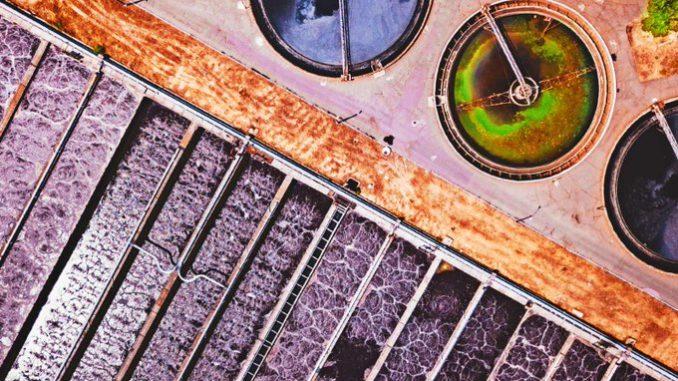
U.S. Water and Wastewater Systems (WWS) Sector facilities have been breached multiple times in ransomware attacks during the last two years, U.S. government agencies said in a joint advisory on Thursday.
The advisory also mentions ongoing malicious activity targeting WWS facilities that could lead to ransomware attacks affecting their ability to provide potable water by effectively managing their wastewater.
Since they are part of the 16 U.S. critical infrastructure sectors, their compromise and incapacitation via spearphishing and outdated software exploitation attacks would directly impact national security, economic security, and public health or safety.
Multiple ransomware strains were used in the incidents revealed in this advisory to encrypt water treatment facilities’ systems, including Ghost, ZuCaNo, and Makop ransomware:
- In August 2021, malicious cyber actors used Ghost variant ransomware against a California-based WWS facility. The ransomware variant had been in the system for about a month and was discovered when three supervisory control and data acquisition (SCADA) servers displayed a ransomware message.
- In July 2021, cyber actors used remote access to introduce ZuCaNo ransomware onto a Maine-based WWS facility’s wastewater SCADA computer. The treatment system was run manually until the SCADA computer was restored using local control and more frequent operator rounds.
- In March 2021, cyber actors used an unknown ransomware variant against a Nevada-based WWS facility. The ransomware affected the victim’s SCADA system and backup systems. The SCADA system provides visibility and monitoring but is not a full industrial control system (ICS).
- In September 2020, personnel at a New Jersey-based WWS facility discovered potential Makop ransomware had compromised files within their system.
